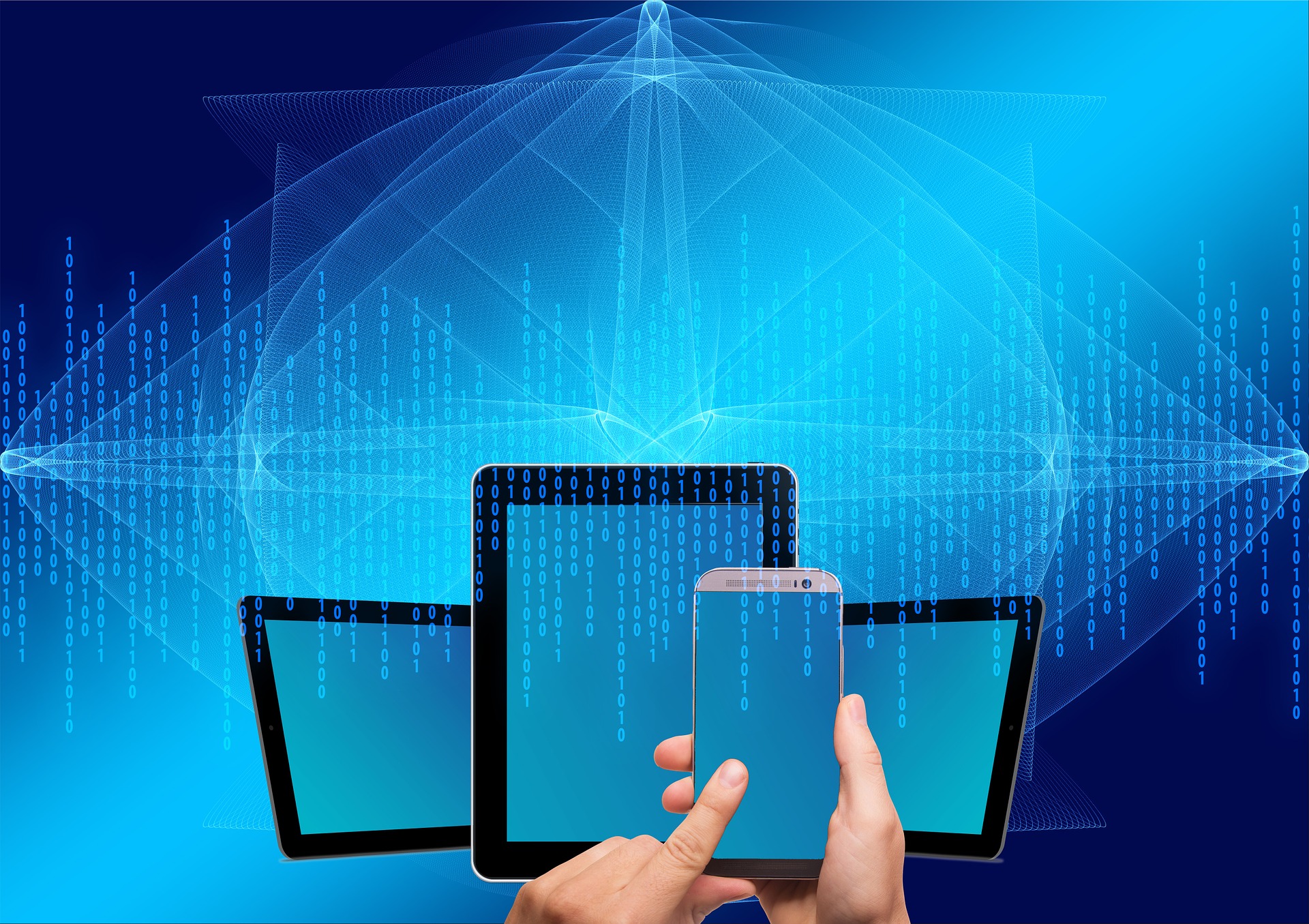How technologies like the Internet of Things (IoT) and Big Data will play a role in UAS data processing is a major point of discussion. One of the topics that came up over and over when looking at how various professionals are using drones were the issues they were dealing with when it came to processing drone data. Professionals don’t need data, they need answers. How do you get an answer out of a ream of data that just about any drone can generate? How should that info be part of this IoT infrastructure?

Ken Kranz at ILMF 2017
Those are some of the questions
Ken Kranz explores on a regular basis. As Associate Director of UAS Big Data Solutions at Cognizant, Mr. Kranz is focused on issues like leveraging Big Data and IoT technologies for the purposes of analytics, visualization and near-real-time decision making. It’s allowed him to see and understand where opportunities and challenges reside.
Creating and Enabling the “Secondary Mission”Kranz has a very simple analogy that he’s used to define what he’s deemed the “secondary mission” for drone operators. The creation of this secondary mission will go a long way toward ensuring that drone operators can see a positive return from their investment in drone technology.
“If you open up a drone delivery business, you're talking about flying from home base to where the merchandise resides to pick it up, flying over to drop it off where it needs to go, and then returning to home base,” Mr. Kranz explained. “That's three separate legs of a mission, but you're only monetizing one of those legs. Using the IoT, you could make each of those legs pay off. So, for example, on the way to pickup that merchandise, you could fly over a specific house and illuminate its RFID water meter. With the right sensors, you can charge a service fee for that would save the water department from having to send out a truck and help defray your delivery costs. The primary mission might be that delivery, but these secondary missions will in the long run be how the business plans make sense.”
Many experts have questioned how or if drone delivery will ever make sense from an economic standpoint, and Mr. Kranz’s example is proof that a different approach might be necessary to make this model economically viable. Working within an IoT ecosystem, it’s easy to see what kinds of opportunities could be created and leveraged.
Exponential Growth Few doubt that the amount of data coming out of drones is going to go up exponentially. This exponential growth makes challenges with data that much more urgent and difficult, especially since the desire to gather and utilize this data is not going away.
“I think there's every reason in the world to collect more data when you look at it from the enterprise standpoint,” said Mr. Kranz. “From a corporate standpoint, you’re going to want to be able to make comparisons that relate to how and when the data is gathered at different latitudes or at different temperatures. Those are just a couple examples, but there are countless other variables that can be considered. We’re not all the way there yet to make those kinds of comparisons, but we’ll get there.”
Those sorts of comparisons will be enabled by the metadata that’s associated with the information a drone collects, and that information can be utilized in other ways within the IoT infrastructure. Being able to decide and determine what information is being gathered, and what that IoT infrastructure looks like remains a challenge, but it’s one that is not unique to the drone industry.
A Natural EvolutionThe evolution that the drone industry is going through is one that Mr. Kranz identified as being quite natural. Various individuals and organizations are excited about the prospect of drones as a service, but that excitement often supersedes an examination of what’s going to be cost effective, which is not unique to this industry.
“I'm old enough where I've been through several of these game-changing technologies,” Mr. Kranz concluded. “I've been in the thick of java, and the thick of web. There are so many bad business ideas in this stage of an industry. We saw so much of that with the early Internet with good websites, but bad business plans. The same thing is happening with drone technology. People are coming up with all these ideas, and there's often no good business plan behind it.”
2017 has already seen major
shakeups and shakeouts, and there are no doubt many more on the horizon. The development of secondary missions will go a long way toward ensuring that drone technology is thought of and utilized in an economically viable way for the present and future.
















Comments